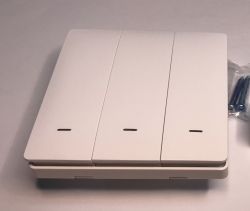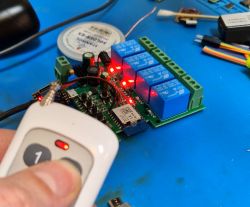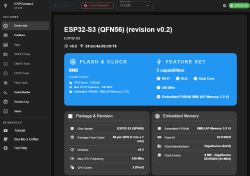Hello, I am testing a WiFi TCP/UDP controller program on a smartphone, I send a command from the smartphone and the ESP8266 responds. That it responds correctly I know because when I send commands from the PC the responses come without a problem, but in the smartphone in the program I do not see the response. For example, the ESP8266 responds with a string like this: "W1_OFF". I suspect that you need to add an end of line character or Enter or maybe both to the end of the text sent from the ESP. Program in ESP8266 written in arduino. How do you add a newline or an enters character at the end of text sent from the arduino?
Added after 20 [minutes]: .
Sending text:
Using the command:
.
Added after 20 [minutes]: .
Sending text:
Code: C / C++
Using the command:
Code: C / C++






